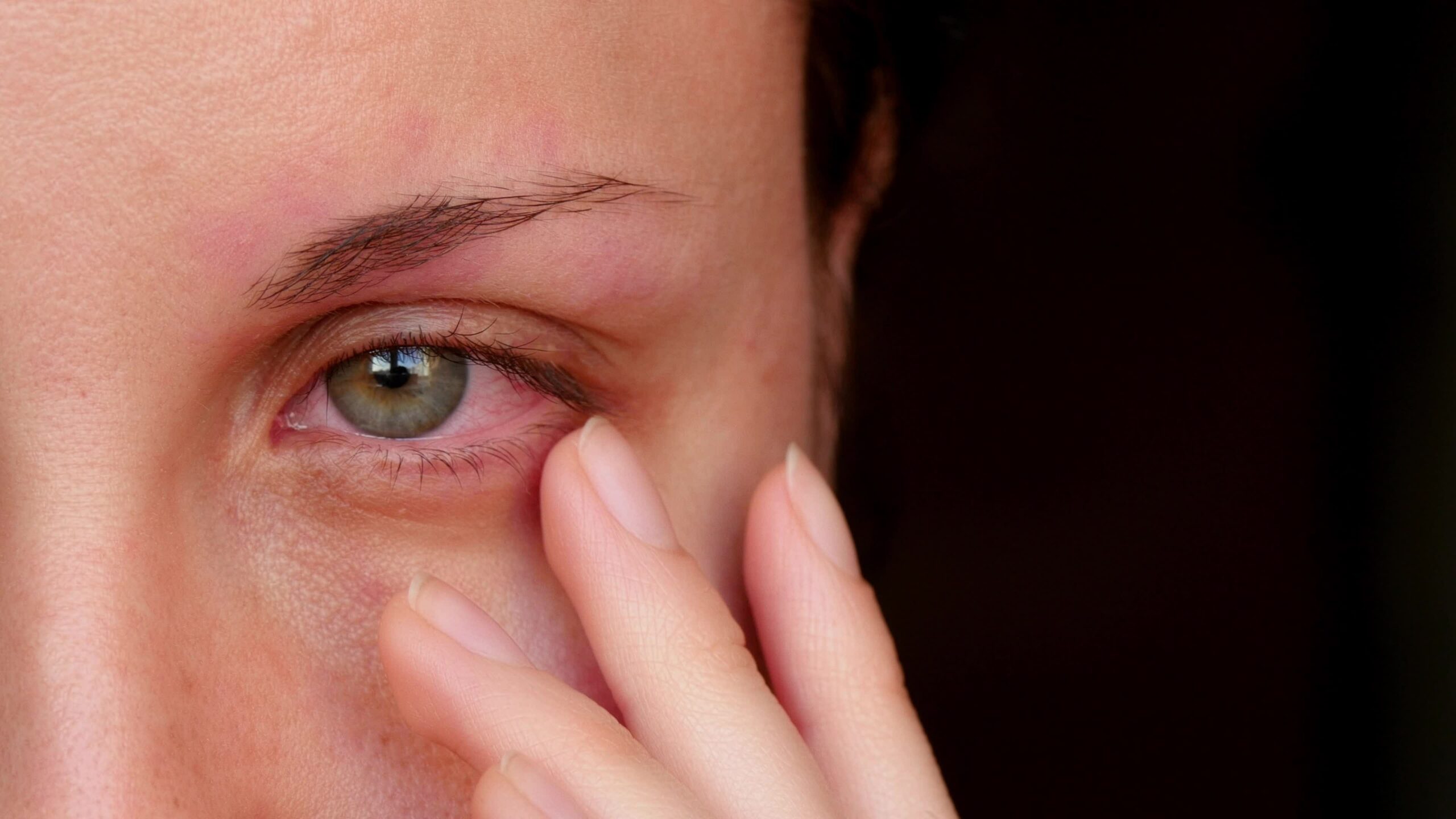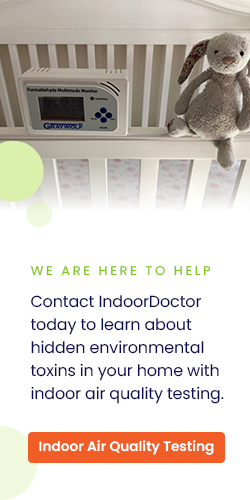Formaldehyde is a colorless and strong-smelling gas widely utilized in various construction applications, including building materials, furniture, and insulation. While its versatile properties make it valuable for numerous purposes, formaldehyde poses potential risks to human health and the environment. In this comprehensive guide, we’ll examine the intricacies of formaldehyde and its health impacts, as well as sources of exposure. Join us as we navigate through the complexities of formaldehyde and gain insights into creating healthier and safer built environments.
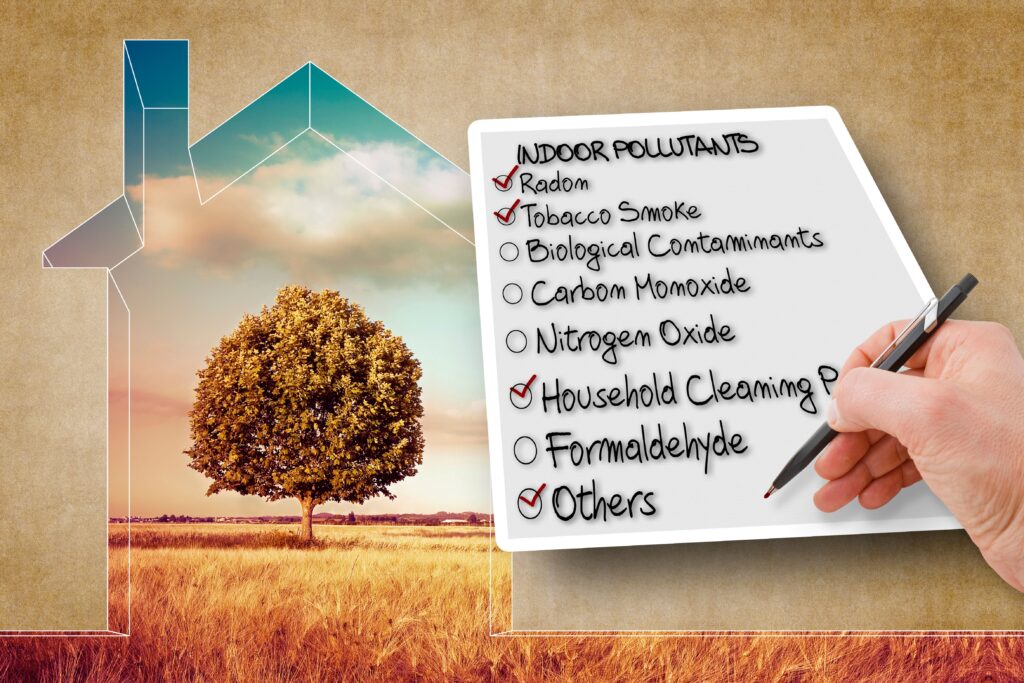
Health Issues and Exposure Levels
Formaldehyde exposes significant health risks to individuals exposed to it. Prolonged or high-level exposure to formaldehyde can lead to respiratory issues. These may appear as coughing or wheezing and difficulty breathing. Skin irritation, including redness and itching, is another common effect, particularly for individuals sensitive or allergic to formaldehyde. Eye and nasal irritation, characterized by redness, tearing, and a burning sensation, can also occur upon exposure.
Exposure to formaldehyde is measured in parts per billion (ppb), with NIOSH setting a maximum limit of 16 ppb and OSHA allowing up to 750 ppb. However, even levels below the OSHA limit can pose health risks, especially for vulnerable groups. These at-risk groups include chemically sensitive individuals like infants or children, pregnant women, and the elderly. Regular testing and monitoring of indoor air quality are crucial in identifying formaldehyde levels and implementing necessary measures to minimize health risks.
Off-Gassing and Absorption of Formaldehyde
Formaldehyde off-gassing and absorption are significant factors contributing to indoor exposure. Certain building materials, such as new cabinetry, baby furniture, and insulation, can emit formaldehyde gas over time, leading to higher concentrations in enclosed spaces. Off-gassing occurs when formaldehyde is released from these materials into the surrounding air. Moreover, misapplied spray foam insulation can result in formaldehyde being reabsorbed by other building materials and rereleased, exacerbating the exposure risk. This continuous cycle of off-gassing and reabsorption prolongs the presence of formaldehyde in indoor environments.
Addressing formaldehyde off-gassing requires effective mitigation strategies. One approach is the use of carbon-based filtration systems. Like those found in the Austin Air Health Mate Plus, activated carbon filters can absorb formaldehyde and other volatile organic compounds (VOCs) from the air. By employing carbon filtration, formaldehyde levels can be reduced, promoting healthier indoor air quality for occupants.
Source Removal and Carbon Filtration
Regarding managing formaldehyde in indoor environments, source removal and carbon filtration are two practical approaches. Source removal involves identifying and eliminating or reducing the materials or products that emit formaldehyde, such as replacing furniture or cabinetry with low-emission alternatives. While source removal is ideal, it may not always be feasible, especially in cases where formaldehyde-emitting materials are integrated into the building structure.
Carbon filtration systems can absorb formaldehyde and other volatile organic compounds (VOCs) from the air in such situations. These systems utilize activated carbon, which has a high affinity for trapping and retaining formaldehyde molecules. Passing the indoor air through carbon filters effectively removes formaldehyde, resulting in improved air quality.
Notably, the effectiveness of carbon filtration depends on the amount of activated carbon used. A minimum of 15 pounds of carbon, as found in the Austin Air Health Mate Plus, is recommended to achieve significant formaldehyde reduction. Regular maintenance and replacement of the carbon filters are also crucial to ensure optimal performance.
Combining source removal with carbon filtration can provide a comprehensive approach to mitigating formaldehyde in indoor environments, promoting healthier and safer living and working conditions.
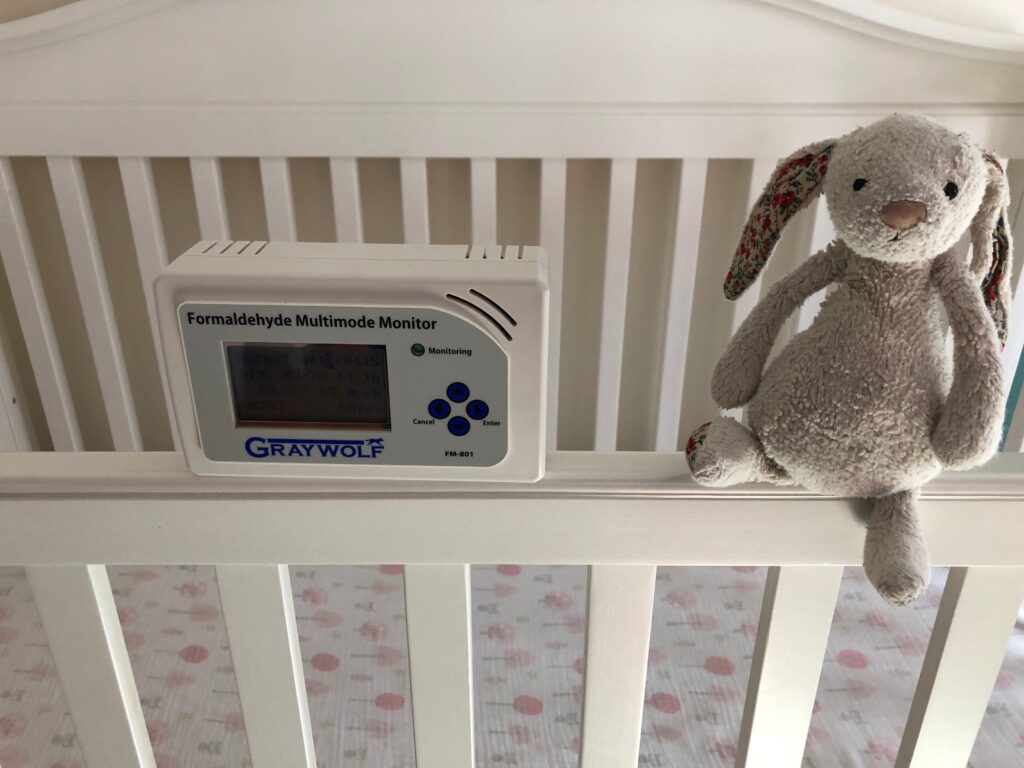
Improving Ventilation
Improving ventilation is another essential aspect of creating healthier indoor environments with reduced formaldehyde levels. Proper ventilation helps to dilute and remove formaldehyde and other indoor pollutants, promoting better air quality.
One way to improve ventilation is by opening windows and doors when weather conditions allow. This allows fresh outdoor air to circulate and replace stale indoor air, reducing the concentration of formaldehyde. Additionally, running exhaust fans in areas prone to formaldehyde emissions, such as kitchens and bathrooms, helps to remove pollutants and enhance air exchange.
Another effective ventilation strategy is installing an energy recovery ventilation (ERV) system. ERV systems exchange stale indoor air with fresh outdoor air while recovering the energy from the outgoing air. This helps maintain consistent temperature and humidity levels inside the building while introducing clean air.
By implementing proper ventilation practices, indoor formaldehyde levels can be effectively reduced, minimizing the potential health risks associated with exposure. However, balancing ventilation and energy efficiency is important to ensure optimal indoor comfort and air quality. Remember, in cases where formaldehyde sources persist, or individuals experience severe health effects, it is crucial to consult with professionals like IndoorDoctor to conduct formaldehyde testing and provide tailored solutions for improving ventilation and overall indoor air quality.
Testing and Symptoms
Testing for formaldehyde levels is essential in assessing indoor air quality and potential exposure. Formaldehyde testing can be conducted through air sampling and analysis by accredited laboratories.
It is important to be aware of the symptoms associated with formaldehyde exposure since they vary depending on the duration and intensity of exposure. Common symptoms include respiratory issues such as coughing, wheezing, and difficulty breathing. Skin, eye, and nasal irritation and allergic reactions may also occur. Prolonged exposure to high levels of formaldehyde has been linked to an increased risk of certain cancers.
If you experience persistent symptoms or suspect formaldehyde exposure in your environment, it is recommended to consult with healthcare professionals and consider formaldehyde testing. Understanding the level of exposure can help identify necessary interventions to mitigate the health risks associated with formaldehyde and create a safer living or working environment. IndoorDoctor offers comprehensive formaldehyde testing services to assess indoor air quality and provide tailored solutions for improving air quality and reducing formaldehyde exposure.
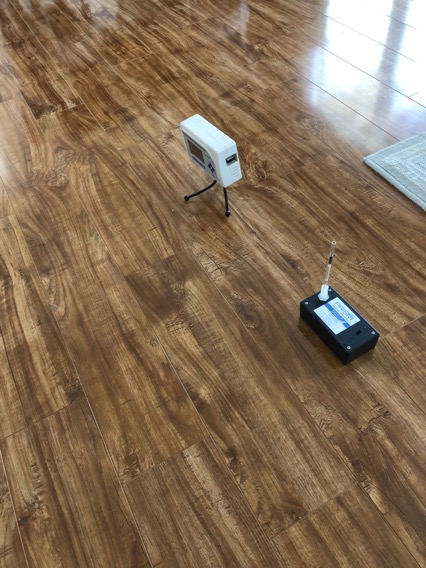
Reduce Risk of Formaldehyde Exposure Today
Formaldehyde is a pervasive indoor air pollutant that poses significant health risks. Its use in various building materials and products makes it crucial to prioritize indoor air quality testing and take necessary measures to reduce exposure. By understanding the health impacts of formaldehyde and implementing strategies like source removal, carbon filtration, and improved ventilation, we can create healthier indoor environments.
At IndoorDoctor, we specialize in formaldehyde testing and offer solutions to enhance air quality and minimize exposure risks. Take action today to protect yourself and your loved ones by scheduling a formaldehyde test and consulting our experts for tailored recommendations. Together, we can create safer, healthier spaces for everyone to thrive.
References
- Anatomy Publications. (1987). Formaldehyde: A Review of Its Metabolism and Carcinogenicity in Relation to Human Nasopharyngeal Carcinoma
- Architectural Digest. (n.d.). What is Off-Gassing?
- Agency for Toxic Substances and Disease Registry. (2011). Toxicological Profile for Formaldehyde
- Environmental Protection Agency. (n.d.). The Inside Story: A Guide to Indoor Air Quality
- Lawrence Berkeley National Laboratory. (2013). Residential Indoor Air Quality Guide: Combustion Pollutants, Formaldehyde, and Pesticides
- Minnesota Department of Health. (n.d.). Formaldehyde in Homes: What You Need to Know
- National Cancer Institute. (n.d.). Formaldehyde Fact Sheet
- National Cancer Institute. (n.d.). Formaldehyde Fact Sheet: Health Effects of Formaldehyde Exposure
- National Center for Biotechnology Information. (2012). Formaldehyde. In Toxicological Profiles
- Occupational Safety and Health Administration. (2019). Formaldehyde: Occupational Safety and Health Administration Factsheet


